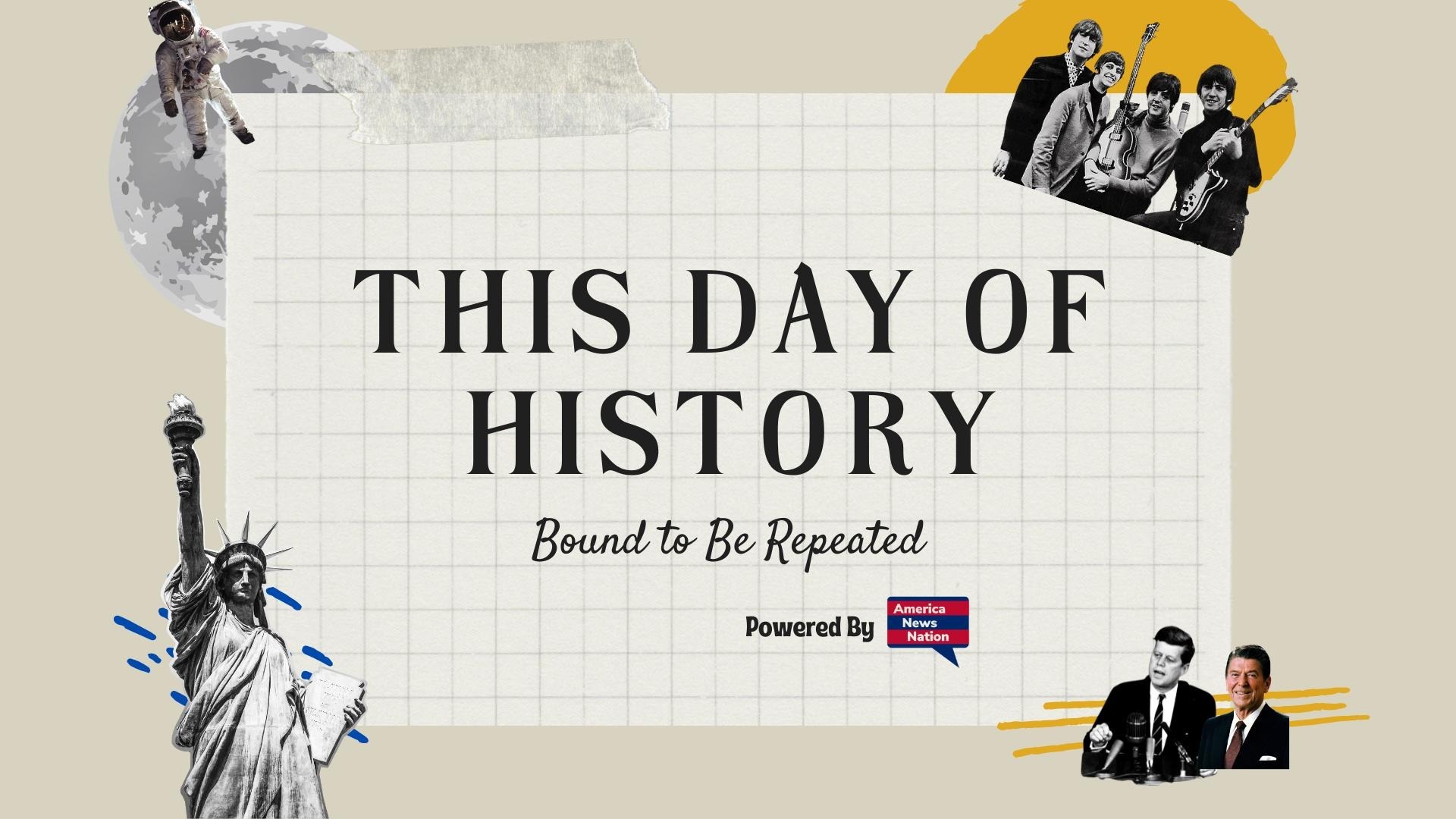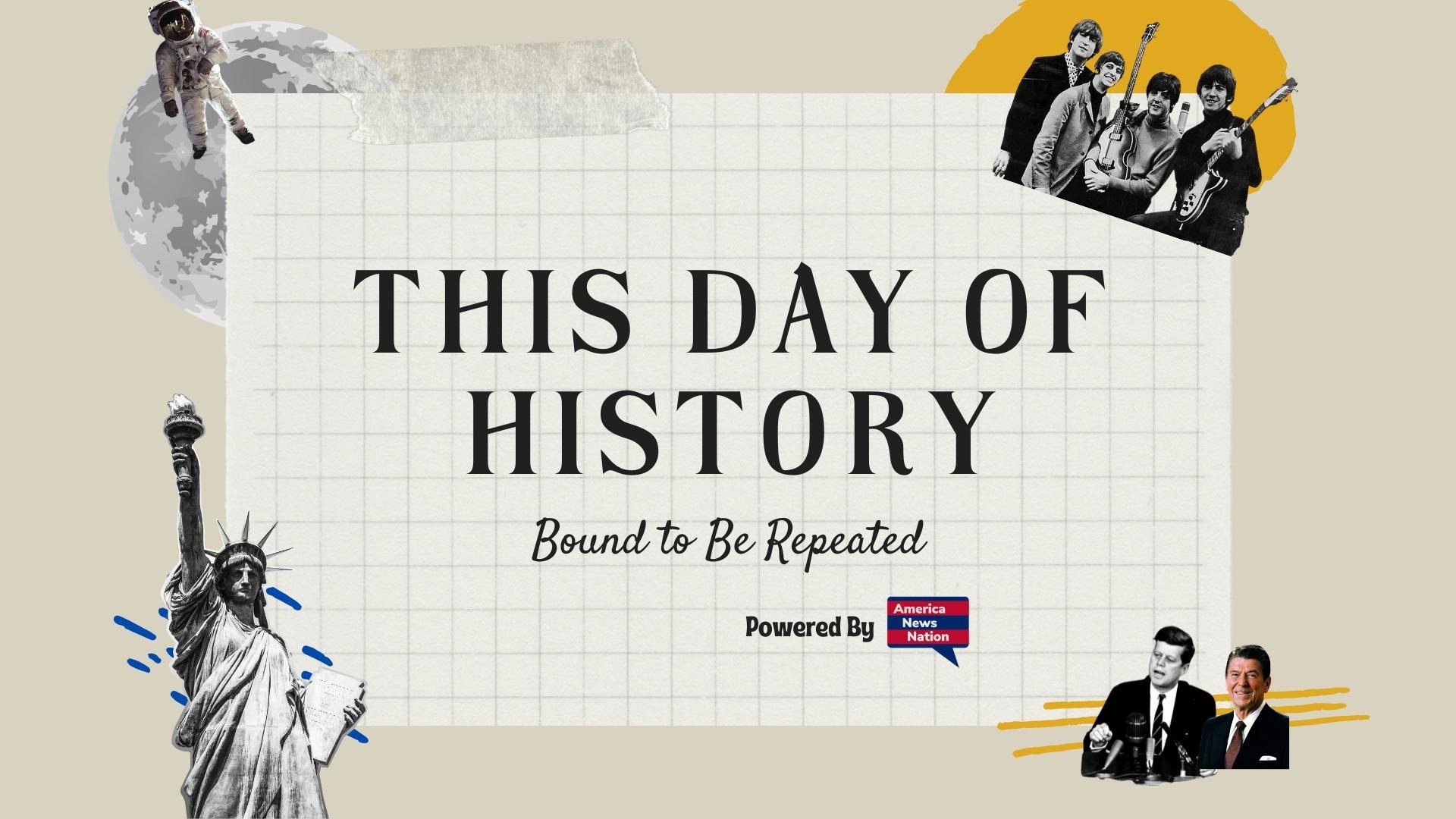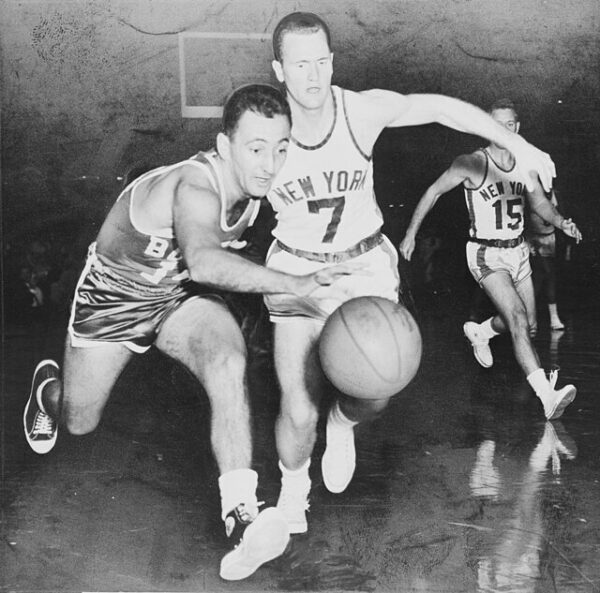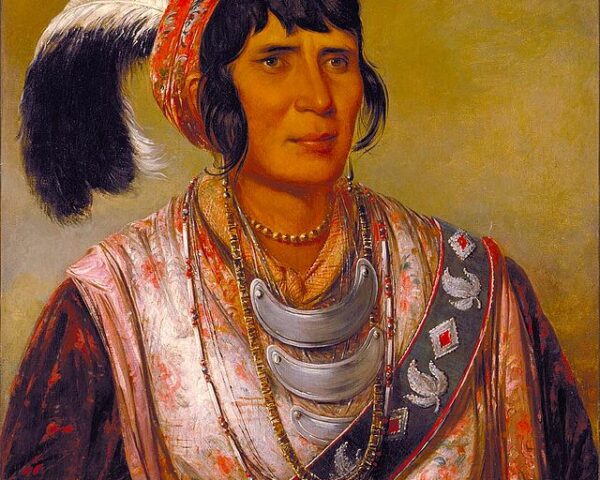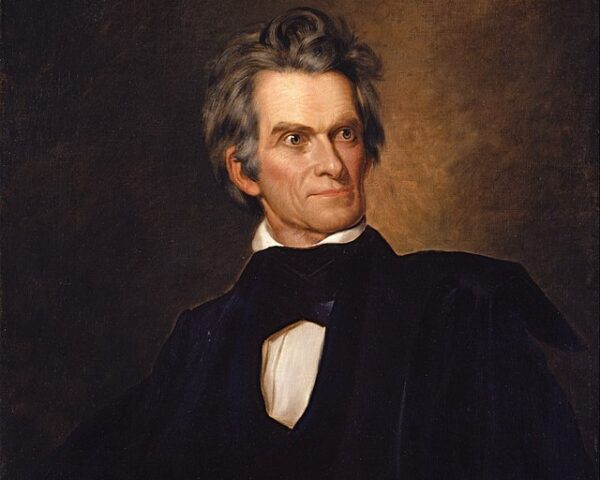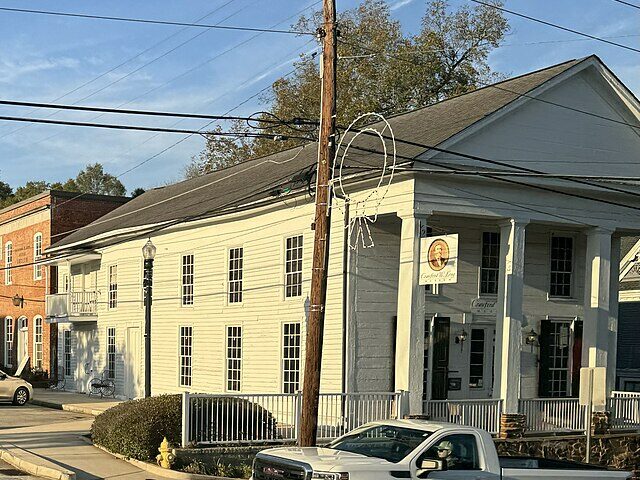On August 3, 1949, a meeting in New York City changed the course of American sports history. Officials from the Basketball Association of America (BAA) and the National Basketball League (NBL), two rival professional basketball circuits, agreed to a merger that would create the National Basketball Association (NBA)—a single unified league that would ultimately transform basketball from a niche, regional pastime into a global phenomenon.
The road to the merger was paved by fierce competition and economic necessity. The BAA had formed in 1946 with the backing of major arena owners in cities like New York, Boston, and Philadelphia. These arenas were primarily built for hockey but stood empty on many nights. BAA owners saw professional basketball as a way to fill seats and increase revenue during the NHL offseason. From the start, the BAA positioned itself as a more polished, urban league, playing in larger venues and attracting top collegiate talent.
The NBL, by contrast, had been around since 1937 and was rooted in smaller Midwestern towns like Fort Wayne, Anderson, and Sheboygan. It was backed by industrial sponsors, such as General Electric and Firestone, who saw basketball as a form of public relations and employee recreation. The league had developed a reputation for gritty, physical play, but its smaller markets and modest crowds made it vulnerable to raids from the flashier, better-financed BAA.
Indeed, by the late 1940s, the BAA had begun poaching top NBL teams and players. In 1948, the Minneapolis Lakers, featuring dominant center George Mikan, jumped to the BAA and immediately won the league championship. Other NBL franchises, including the Rochester Royals and Indianapolis Jets, followed suit. With the NBL bleeding talent and the BAA struggling to expand into profitable markets, both leagues realized that a merger was their best chance for long-term survival.
On August 3, the two sides formalized the deal. Although technically the BAA absorbed the NBL, the new organization was renamed the National Basketball Association to reflect the unity of the sport’s two main lineages. The inaugural 1949–50 NBA season featured 17 teams—an unwieldy blend of holdovers from both leagues. These included big-city franchises like the New York Knicks and Boston Celtics, alongside small-market teams such as the Tri-Cities Blackhawks and Waterloo Hawks.
The early NBA was far from the glamorous spectacle it would later become. Crowds were modest, salaries were low, and many teams operated on shoestring budgets. Games were often marred by rough play and low scoring, with the infamous tactic of stalling—holding the ball to run down the clock—making contests drag. But the newly unified league did have something crucial: the best basketball talent in the world under one roof.
Over the next decade, the NBA would contract, stabilize, and evolve. The introduction of the 24-second shot clock in 1954 helped speed up the game and improve its entertainment value. The rise of stars like Bob Cousy, Bill Russell, and Wilt Chamberlain brought new excitement and media attention. Though teams came and went, and financial struggles persisted, the merger had laid the institutional groundwork for the NBA’s rise.
The decision made on August 3, 1949, was one of necessity rather than vision. Yet it proved to be one of the most consequential mergers in American sports. It ended a destructive rivalry, unified fragmented fan bases, and created a single league capable of surviving—and eventually thriving—in the rapidly changing landscape of postwar professional sports. The NBA that exists today, with its billion-dollar franchises, international reach, and global icons, owes its existence to that humble agreement between the BAA and the NBL.
